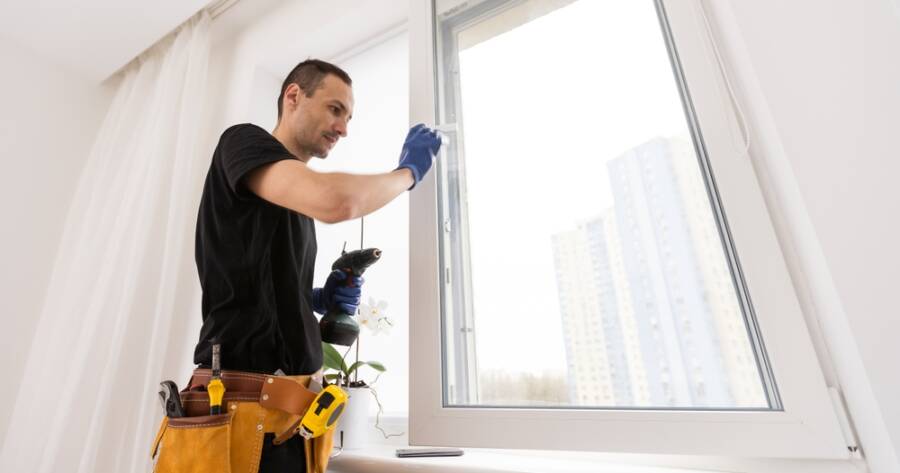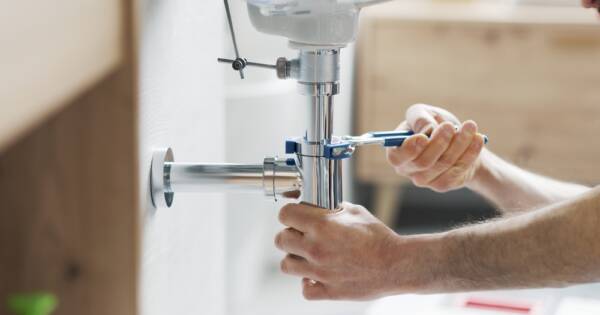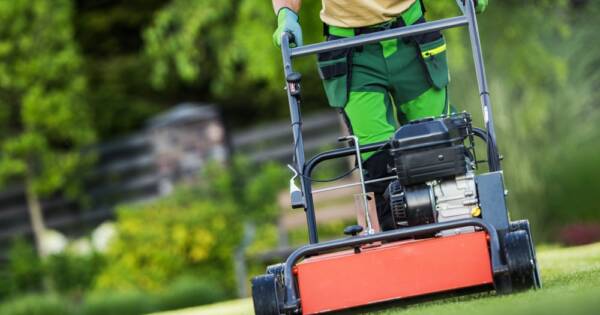Replacing old windows can improve energy efficiency, but the costs can be high. Fortunately, government programs offer financial assistance to homeowners looking to upgrade. Grants, rebates, and low-interest loans help cover expenses, making window replacement more affordable. Learn how to apply for these funds and maximize your savings while improving your home’s efficiency.
How Can Homeowners Apply for Government Funds to Replace Old Windows?
Homeowners interested in replacing old windows for energy efficiency can explore various government programs that offer financial assistance. These programs often require applicants to demonstrate the need for window replacement and the potential energy savings. Documentation such as energy bills and estimates from contractors may be necessary to support the application. In recent years, many states have streamlined the application process, making it easier for homeowners to access funds. Local housing authorities or energy offices typically manage these programs, providing guidance on eligibility and application procedures.
Government Grants Help Homeowners Replace Old Windows for Energy Efficiency
Government grants are designed to assist homeowners in upgrading to energy-efficient windows, which can lead to significant energy savings. These grants often target low- to moderate-income households, ensuring that those who need assistance the most can benefit from energy-efficient improvements. Recent initiatives have focused on promoting sustainability and reducing energy consumption, aligning with broader environmental goals. Homeowners can find information about available grants through state energy offices or local government websites, which frequently update their offerings to reflect current funding opportunities.
The Weatherization Assistance Program (WAP)
The Weatherization Assistance Program (WAP) helps low-income households reduce energy costs by improving home energy efficiency. Funded by the U.S. Department of Energy (DOE), WAP provides free services like insulation, air sealing, and window upgrades. To apply, contact your state weatherization agency, which will direct you to a local provider. Eligibility is based on income, with priority given to seniors, families with children, and individuals with disabilities. Applicants must provide proof of income and homeownership or rental agreement approval. Once approved, an energy audit is conducted to determine the most effective upgrades. Visit the DOE WAP website for state-specific application details.
Local Utilities and Federal Tax Credits Make Window Upgrades More Affordable
Local utility companies often provide rebates for homeowners who replace old windows with energy-efficient options. These rebates can significantly reduce the upfront costs associated with window upgrades, making them more accessible to a wider audience. Furthermore, federal tax credits may be available for energy-efficient home improvements, including window replacements. These credits can provide additional financial relief, encouraging homeowners to invest in energy-saving technologies. Staying informed about these incentives can help homeowners maximize their savings while improving their homes’ energy efficiency.
Learn More About Energy-Efficient Windows
Understanding the benefits and financial assistance available for energy-efficient window upgrades can empower homeowners to make informed decisions. By exploring government grants, utility rebates, and tax credits, homeowners can enhance their living spaces while contributing to energy conservation efforts.





